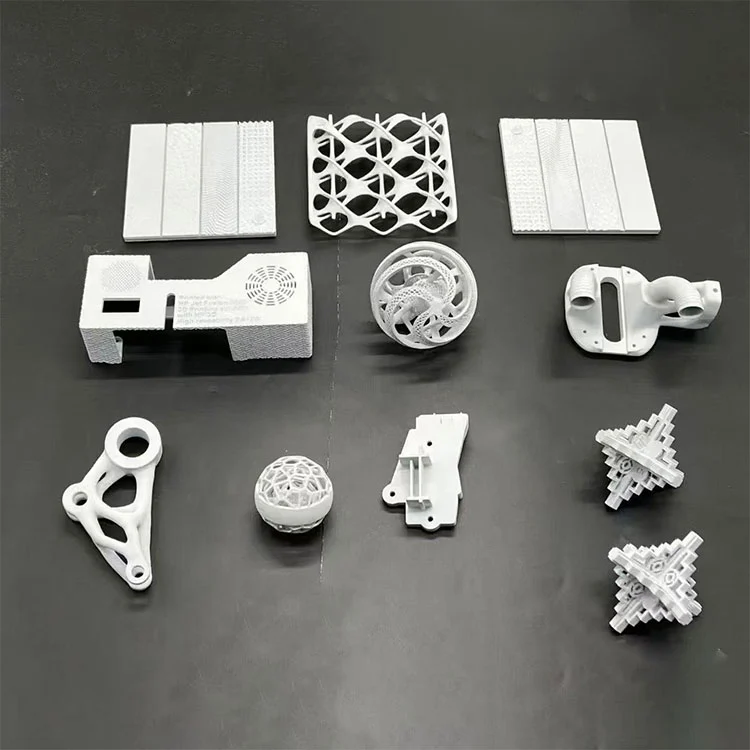How 3D Printed Plastic Parts Changed the Way I Prototype
2025-07-17
When I first started developing new product designs, I leaned heavily on CNC machining to create physical prototypes. But over time, I found myself stuck in a familiar cycle—waiting too long for parts, spending more on wasted materials, and constantly adjusting designs to fit within the limitations of traditional manufacturing. That’s when I began experimenting with plastic 3D printing, and I haven’t looked back since.
What drew me in was the simplicity. I could upload a 3D model directly into the printer, press start, and watch as the part took shape. There was no need for lengthy programming or manual adjustments, which immediately cut down my lead times. For someone like me, who works under tight deadlines and often needs to iterate several versions of a prototype within days—not weeks—that speed was a game changer.
Our workshop quickly noticed another benefit: efficiency. Unlike subtractive manufacturing where a block of material is carved away, plastic 3D printing only uses what’s necessary. We produce parts layer by layer, which means very little material goes to waste. That’s not just good for our bottom line—it also aligns with the sustainability goals we care deeply about.
Perhaps what I love most is the design freedom it gives me. I’ve been able to print complex shapes that would have been nearly impossible to machine—internal channels, hollow forms, even organic curves with undercuts. For once, I wasn’t held back by tooling limitations. I could focus purely on form and function, knowing our printer would handle the rest.
When it comes to materials, I’m always impressed by the range of options we can choose from. Depending on the needs of the project, our team uses ABS for its strength, PLA for its ease of printing, or even nylon when flexibility is required. We've also tested more advanced materials that offer heat resistance or biocompatibility, especially for parts used in specialized environments. Having this kind of versatility lets us go beyond just visual models—we can actually test fit, strength, and function before committing to full-scale production.
3D printed plastic parts have given me more than just speed. They’ve introduced a level of creativity and adaptability I didn’t have before. I can move from concept to physical prototype in a matter of hours, explore unconventional designs, and minimize waste along the way. For anyone who’s still relying on slow, rigid methods of prototyping, I’d say it’s time to take a serious look at what 3D printing can offer. It completely reshaped the way I work—and improved every step of the development process.



